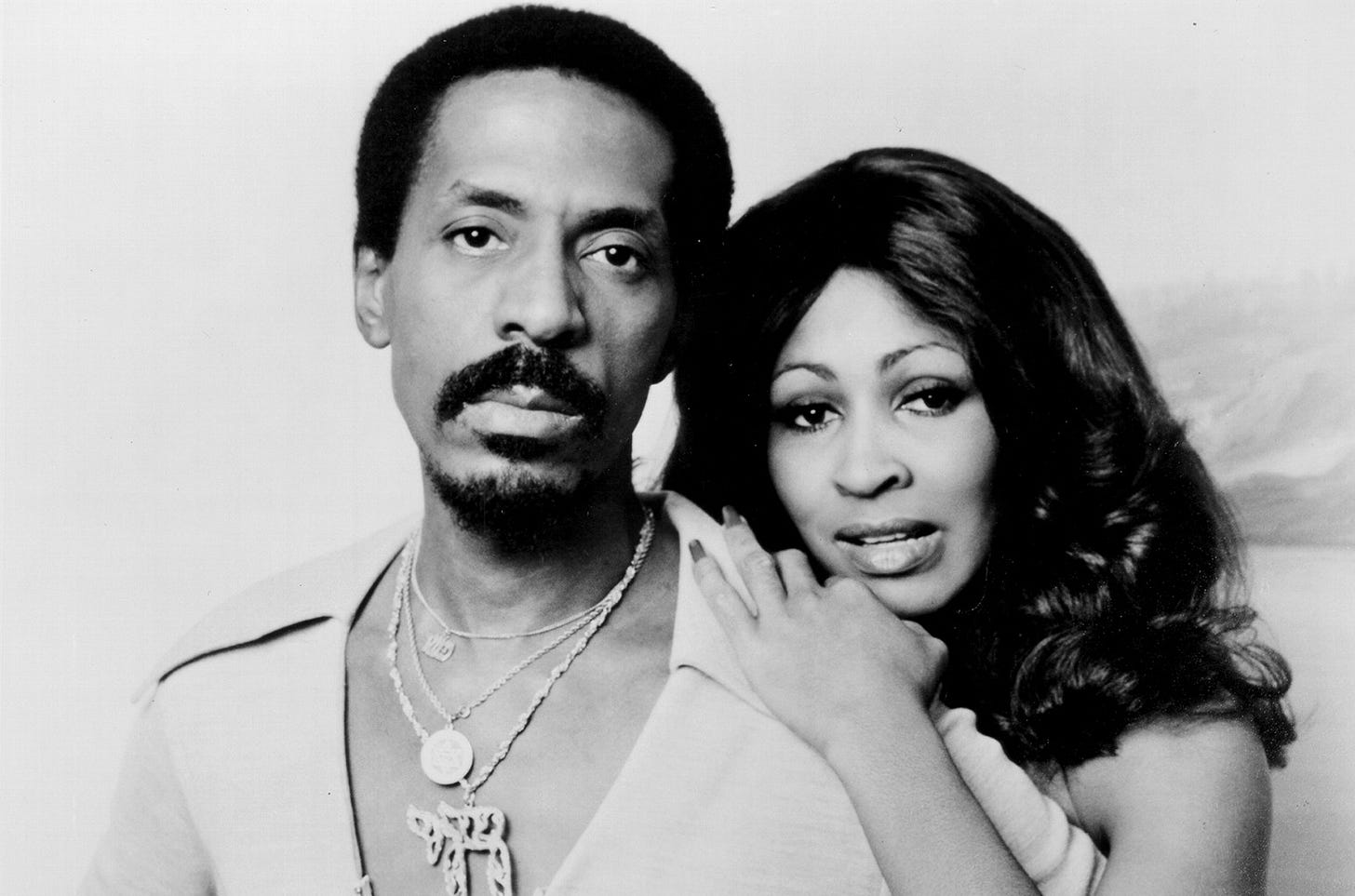Image: eskipaper.com
I grew up thinking that “the Queen of Rock and Roll,” a.k.a Tina Turner, was, along with 80’s luminaries such as Cyndi Lauper, Huey Lewis, and Madonna, just one of a bunch of contemporary artists on the scene. I had no idea that she had a backstory and a fascinating one at that. In the wake of her passing, I figured it was an apt time to ride the wave of accolades for her that are currently cresting through the music world and beyond.
Origins
Tina (nee Anna Mae Bullock) was born in Brownsville, Tennessee, in 1939 and, by all accounts, had a fairly rough go of things for the first half of her life. Disunity was a major theme in her life. For instance, she stated in her autobiography “I, Tina” that she felt her parents did not love her and that she was not wanted. During the war, she was sent to live with a particularly strict set of grandparents, and when she was eleven, to escape her abusive husband, Floyd, Turner’s mother ran off without warning. By 1958, she was working as a nurse’s aide at a local hospital and hanging around in the clubs where she would meet her manager, collaborator, husband, and, ultimately, abuser, Ike Tuner.
Image: billboard.com
I would have been lost in my life at that point without him. I mean, I could do two things: work in a hospital or sing in Ike's band. I didn't know anything else. Or anyone else. And I wanted to sing.
According to history-of-rock.com, “The Ike & Tina Turner Revue built a reputation as "one of the hottest, most durable, and potentially most explosive of all R&B ensembles"” rivaling the James Brown Revue in terms of musical spectacle.” Things were good if you didn’t count Ike’s Cocaine addiction and occasional physical abuse. Like many things, Ike Turner was a mixed bag. He brought Tina success and fame while concurrently making her life more and more of a living hell. She sang about this disunity in 1964’s “Too Many Ties That Bind.”
Every time in my life when things begin to glow, there comes a change, and back downhill I go
Can you possibly relate?
Rock bottom
As a spoiler alert, Tina’s life had a good ending (if you don’t count her illness and death), but whatever magic that Ike and Tina had came to an abrupt end on July 1st, 1976, when Ike truly beat the pulp out of her. She had had enough, and with 36 cents and a Mobil card on her, she escaped across the road to the Dallas Ramada Inn and was kindly gifted a room by the manager. On July 27, she filed for divorce on the grounds of irreconcilable differences and, for the first time in eighteen years, was on her own.
If Tina’s story had ended here, it would have been fairly tragic. Despite the “glow” of her musical successes, she ended up at the bottom of the hill. There’s a spiritual teaching that suggests that inasmuch as each of us is born alone—only ever truly aware of our own consciousnesses and only guessing what others are thinking and feeling—we have a deep (and generally hidden) personal reservoir of strength and capability that tends only to make an appearance at times of travail. At those moments when illusions are shattered and the raw specter of truth becomes manifest, when we need to make a stand…alone, do we begin to taste our real power.
This is the power of the comeback. People love these stories; the scrappy underdog who pulls off the long-shot victory. The unlikely hero who reinvents himself despite the odds. There is an interesting parallel between the career comeback and perhaps the greatest conceptual come-back, that is the notion of reincarnation—the ultimate second chance. Even if a life fails to manifest the victory that we all hope for, perhaps the end of that particular incarnation was just a chapter ending and not the whole story. Tina explored this idea in her version of Stevie Wonder’s “Higher Ground.”
I'm so glad that he let me try it again
'Cause my last time on earth, I lived a whole world of sin
I'm so glad that I know more than I knew then
Going to keep on trying
'Til I reach my highest ground
Comeback
image: infomusic.ro
1984’s Private Dancer, Turner’s fifth solo studio album, was an instant success. It peaked at number three on the Billboard 200, charting for ten consecutive weeks and being certified 5x platinum in the U.S. and 3x platinum in the UK. When the album’s third single, What’s Love Got to Do With It, hit number 1 on the Billboard Hot 100, Turner was 44 years old and, at the time, was the oldest solo female artist to top the chart. (Jessica Sims, Glamour)
She had done it. This singer, who “sounded like screaming dirt,” according to her label, was on top of the world, putting out hit after hit, a film about her life, and even a Broadway musical in a career that spanned more than five decades. She had uncovered the unity that had eluded her in her younger years.
Unity
Tina sometimes referred to herself as a "Buddhist–Baptist" as both traditions had an influence on her life and music, but it was her practice of meditative chanting that had the most profound impact on her.
After chanting, Turner noticed positive changes in her life, which she attributed to her newfound spiritual practice. She said: "I realized that I had within me everyone I needed to change my life for the better.”
In 2011, Tina was featured on a very spiritually-focused record called “Children Beyond.” You can hear the blending of her Eastern and Western spiritual sensibilities and sense the peace of mind that she achieved at the end of a remarkable career and a challenging life.
A lot of people are casually aware of the need to explore the depths of their inner selves. Some attempt the journey, but few emerge victorious in this elusive quest. Tina Turner not only made decades’ worth of great music, she was also an exemplar of the spiritual seeker.















